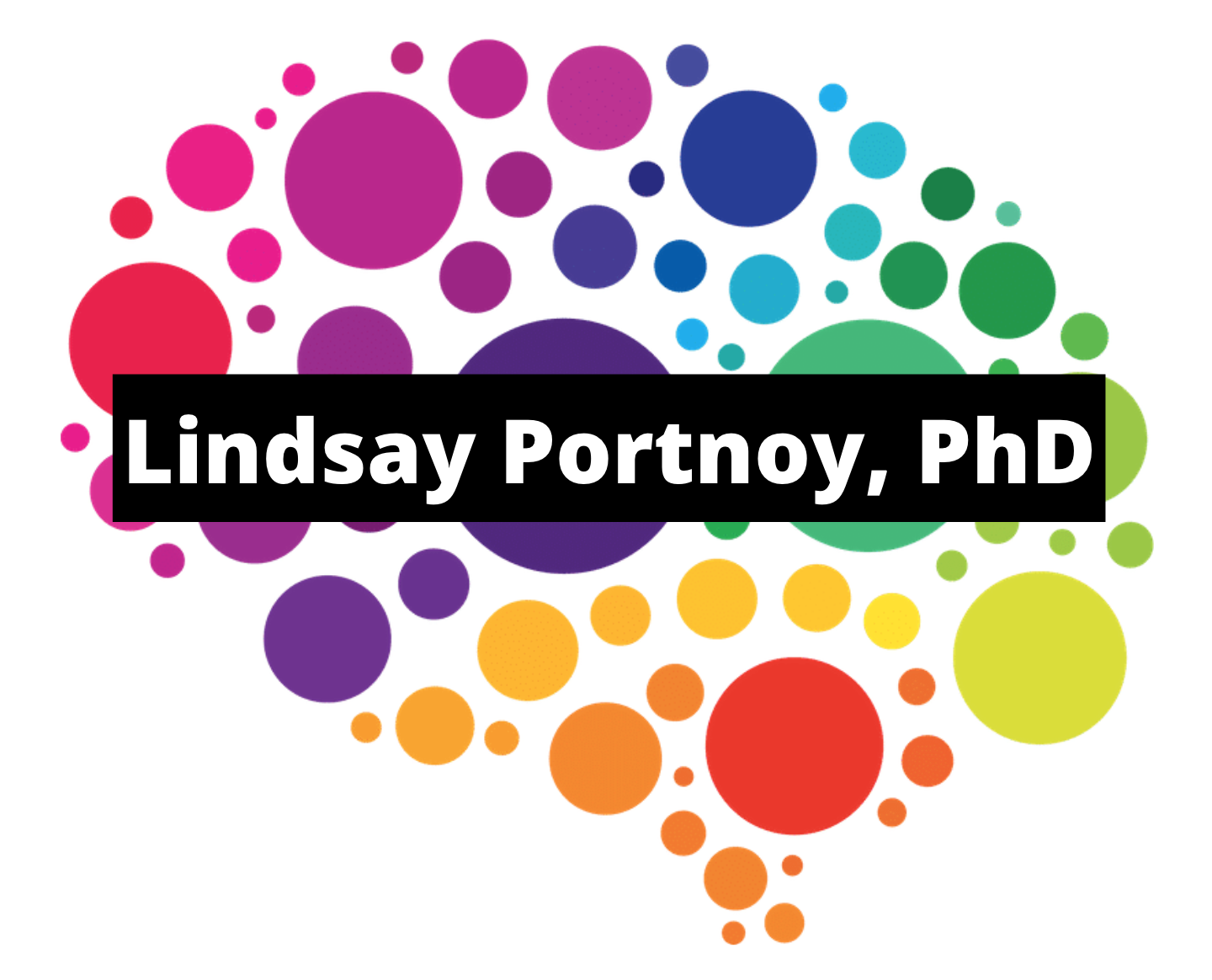What do you think of when someone says "design thinking"?
Chapter 1 begins with a question: when was the last time you learned something new? How did you approach that learning? Chances are, your answer includes aspects of what I would call design thinking.
So what is design thinking? While the term continues to generate buzz it also seems to evolve and change depending on the audience and context. My current working definition of design thinking is:
“The flexible but iterative nature of applying knowledge to practice with a deep sense of purpose in understanding the world around you”.
How you enact that process is where you see distinctions in the way folks define this construct!
The five elements of design thinking within the book include: 1) understanding to empathize, 2) identify and research, 3) communicate to ideate, 4) prototype and test, and 5) iterate and reflect.
Within the pages you’ll find countless exercises and flexible templates to support you along your design thinking journey. Some of the charts and images I’ll share here, others I’ll leave for you to discover within the pages.
While the book was written for educational audiences, the process can be used to create more effective systems of transportation, healthcare, and perhaps even new economies. It is also a process that is quite useful in up-skilling ourselves while keeping pace with new technologies, tools, and ways of engaging with the people around us.
I wrote this book for educators. But I also wrote this book for my former students, my own children and for every one of us who as a child wondered: why can’t school be different?
It’s ironic that amidst the constant buzz of words like grit and mindset, the very people who struggle are not looked at as a work in progress but rather as a lost cause. What message are we sending to our children if we cannot model the very attributes we see as essential to learning?
My hope is that we can draw the parallel between the way we ‘do’ school and the way we ‘do’ life.
The pages of the book are your recipe for started the design thinking process right this moment, with the added comfort of knowing that iteration and reflection are essential attributes of each element and are so important that they receive their own chapter.
Don’t know where to begin as you design think YOUR learning? Here’s a little primer to get you going:
Think about an experience during the past year that was most impactful to you as an educator. Now think about an experience during the past year that was most impactful to your students.
Are the impactful experiences similar, different? What do you notice about the similarities and differences?





